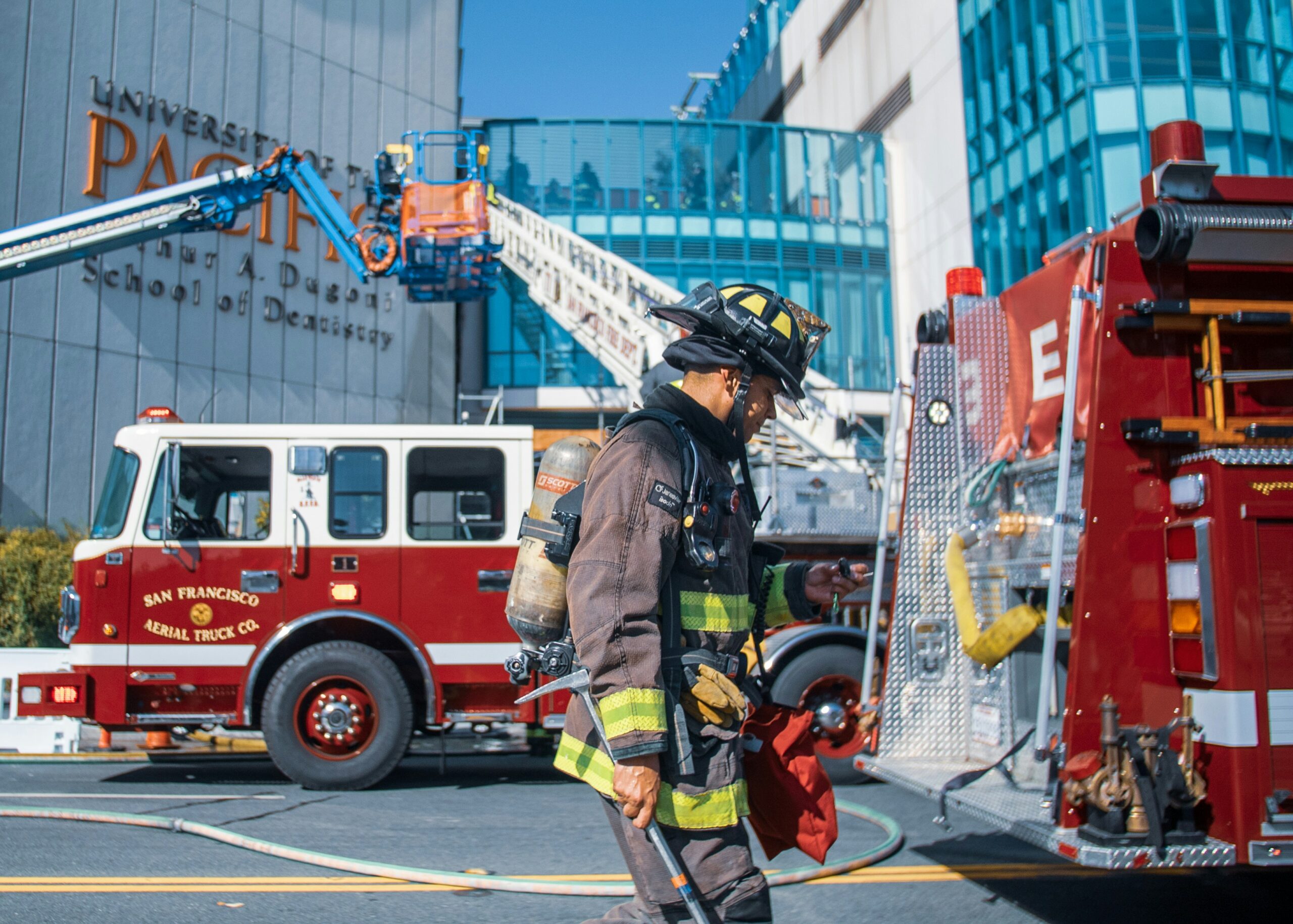
Safety equipment market leadership is crucial in protecting workers across various industries. As workplace safety becomes a top priority for organizations worldwide, the demand for innovative and reliable safety equipment has grown exponentially. This article explores the current trends and key drivers shaping the leadership of the safety equipment market in 2025.
The Rising Importance of Workplace Safety
Ensuring employees’ safety has always been an essential aspect of organizational management. However, recent shifts in workplace dynamics, including the rise of industrial automation, new technologies, and stricter regulatory requirements, have significantly heightened the importance of safety measures. Safety equipment plays a pivotal role in safeguarding workers from accidents, reducing the number of workplace injuries, and improving overall productivity.
Market leaders in the safety equipment industry continue to develop and innovate solutions that address the growing need for high-quality protective gear. The range of products in the safety equipment market continues to expand from personal protective equipment (PPE) to safety systems and technology solutions.
Key Trends in the Safety Equipment Market
The safety equipment market is evolving rapidly, driven by technological advancements and changing consumer needs. Several trends are shaping the market, and industry leaders are taking note of these changes to maintain a competitive edge. Here are the key trends in the safety equipment market leadership:
Increased Use of Smart Safety Equipment
With the rise of the Internet of Things (IoT) and advancements in wearable technology, innovative safety equipment has gained considerable traction. In real-time, these devices monitor a worker’s health, safety conditions, and potential hazards. For example, smart helmets, safety vests, and gloves now feature sensors that provide data on environmental conditions such as air quality, temperature, and even fatigue. These innovative products enable managers to track safety metrics more effectively, thereby preventing accidents before they happen.
Emphasis on Sustainability and Eco-Friendly Materials
As environmental concerns become more pronounced, the demand for sustainable and eco-friendly materials in safety equipment has grown. Many companies in the safety equipment market prioritize eco-friendly solutions, using recyclable materials to produce helmets, gloves, and protective clothing. Additionally, manufacturers are focusing on reducing the environmental impact of their operations, aligning with sustainability goals in response to global regulations and consumer demand.
Advanced Training and Simulation Solutions
Market leaders in safety equipment are also expanding their product offerings to include advanced training tools. Virtual reality (VR) and augmented reality (AR) technologies are being incorporated into safety training programs, enabling workers to experience real-life scenarios in a safe and controlled environment. These technologies help employees understand potential hazards and improve their reaction time without putting them at risk.
Increased Demand for Personal Protective Equipment (PPE)
The COVID-19 pandemic highlighted the importance of personal protective equipment (PPE) in safeguarding workers’ health and safety. As industries continue to prioritize worker protection, the demand for PPE has surged. This includes face masks, gloves, face shields, and protective suits. Furthermore, companies are increasingly seeking customized and high-performance PPE solutions tailored to specific industries and tasks, thus driving market growth.
Market Drivers Fueling Safety Equipment Growth
A variety of factors drive the safety equipment market leadership. These drivers contribute to increased demand, innovation, and adoption of safety solutions across industries.
Strict Government Regulations and Compliance Standards
One of the most significant drivers of the safety equipment market is government regulations that require businesses to adhere to strict safety standards. For instance, in many industries, it is mandatory to provide employees with specific types of PPE, such as helmets, goggles, and gloves, to ensure their safety. The Occupational Safety and Health Administration (OSHA) in the U.S. and similar agencies worldwide play a vital role in enforcing these regulations. As a result, businesses must invest in high-quality safety equipment to meet compliance standards.
Rising Awareness of Employee Health and Well-Being
There is a growing recognition that employee safety is directly linked to overall well-being and productivity. Organizations prioritizing safety protect their workers, reduce healthcare costs, improve morale, and enhance employee retention. Consequently, employers are increasingly investing in safety equipment to foster a healthier and more productive workforce. This focus on worker health is a key driver behind the continued growth of the safety equipment market.
Technological Advancements in Safety Gear
The integration of new technologies into safety equipment is transforming the market. Features like automated sensors, connected devices, and AI-driven analytics allow for more innovative and effective safety solutions. These technological advancements improve worker safety and streamline operations by enabling real-time monitoring and predictive maintenance of equipment. As technology advances, market leaders in the safety equipment industry incorporate these innovations into their products, driving the market’s growth.
Growing Industrial and Manufacturing Sectors
The expansion of industrial and manufacturing sectors, particularly in emerging markets, is another key driver for the safety equipment market. As these industries grow, so does the need for reliable and efficient safety solutions. The increasing number of industrial facilities and adopting automation and robotics further highlight the need for robust safety measures. As a result, the market for industrial safety equipment, including safety barriers, sensors, and protective clothing, continues to expand.
Strict regulations and a growing focus on worker health and safety shape the safety equipment market leadership. As industries evolve, safety equipment must also adapt to meet new challenges. Market leaders are embracing technological advancements, sustainability, and more innovative safety solutions to stay ahead. With increasing demand for protective gear across industries, the safety equipment market is poised for continued growth and innovation in the years to come.